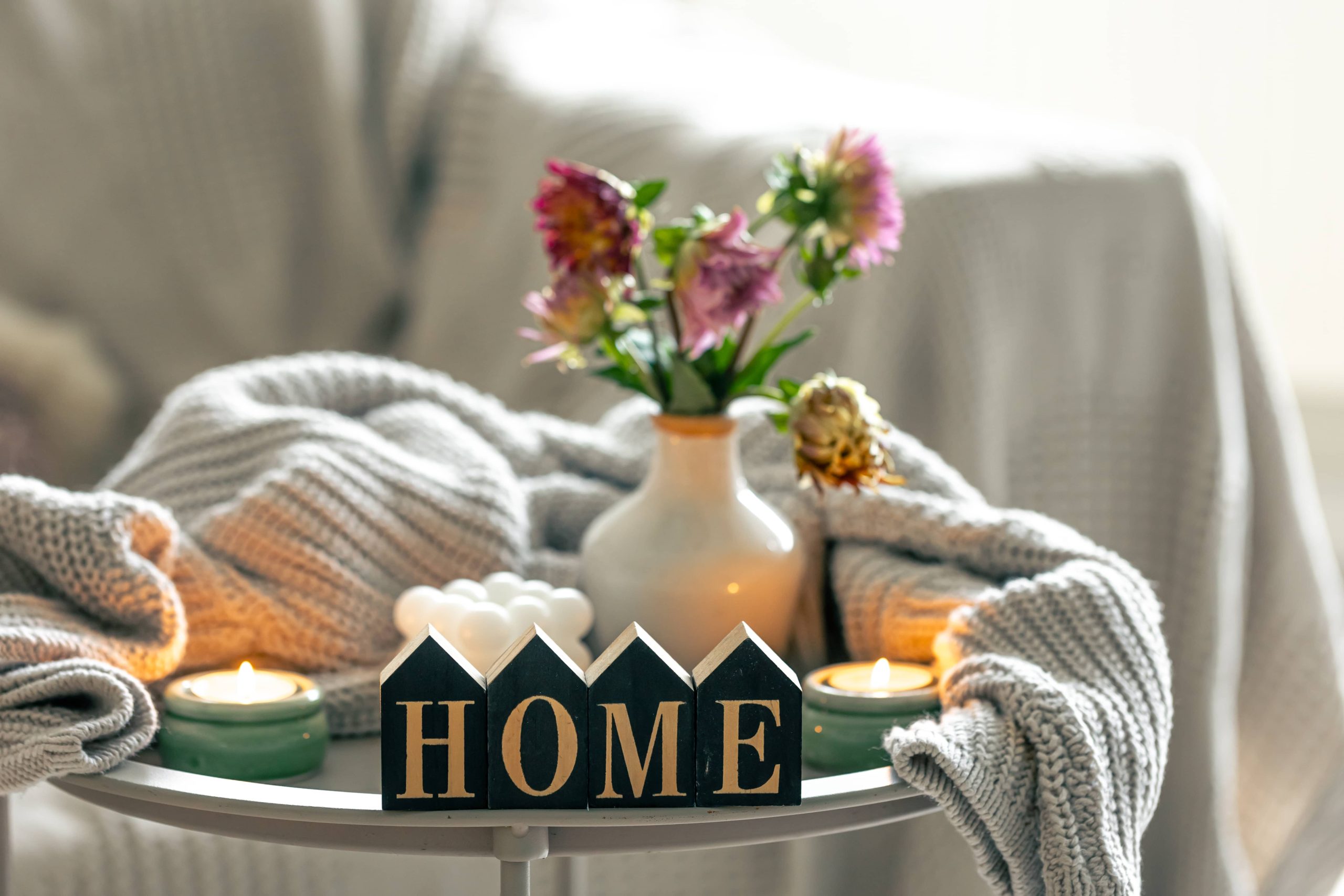
Color is a powerful tool in interior design. It sets the mood, defines the ambiance, and has the potential to alter the perception of space within a home. A carefully chosen color palette can turn a simple room into a serene retreat or a lively gathering space. As a Home & Garden blogger with a focus on Interior Design and Decor, I’m excited to guide you through selecting the ideal color palette for each room of your home.
Understanding Color Basics
Before delving into specifics, it’s essential to grasp some basic color theory concepts. Hues, value, and saturation are primary elements:
– Hue refers to the color itself, such as red, blue, or green.
– Value indicates how light or dark a color is.
– Saturation defines the intensity or purity of the color.
Familiarize yourself with the color wheel, where colors are grouped into primary (red, blue, yellow), secondary (green, orange, purple), and tertiary colors. Complementary colors sit opposite each other on the wheel, creating dynamic contrasts, while analogous colors lie adjacent, offering soothing transitions.
Living Room
The living room is typically the heart of the home, where relaxation and socialization occur. The color palette for this space often sets the tone for the rest of the house. Neutral colors like grays, beiges, and soft whites are popular choices for living rooms, creating a versatile backdrop. They’re easy to accent with pops of color that you can switch out seasonally.
Adding a splash of vibrant color is an excellent way to energize the space. Consider accent walls or accessories in tones of mustard yellow or deep navy. For those who favor subtle elegance, a monochromatic scheme in varying shades of one hue can provide depth and sophistication.
Kitchen
Kitchens are bustling areas needing a sense of cleanliness and vibrancy. Whites and creams depict purity and simplicity, often making spaces appear larger and more open. However, don’t shy away from bold color fixtures or backsplashes. Earthy tones like terracotta or sage green can add warmth and style.
Consider incorporating light wood tones or metallic accents to add dimension. The key to a successful kitchen color palette is balance: maintaining a harmonious blend of brightness and twinkle to make the room both functional and inviting.
Dining Room
In the dining room, color can stimulate appetite and conversation. Traditional reds and terracotta can create an inviting, warm setting. These colors are known to stimulate the senses, encouraging leisurely meals and conversation.
If reds are too bold for your taste, consider softer versions like blush or peach. Pair these with wood tones or deeper shades of forest green to capture a refined, elegant atmosphere. Reflecting each family’s character through artwork or table settings adds a personal touch that transforms any dining experience.
Bedroom
A bedroom is a sanctuary—a place for rest and relaxation. Soothing and calm colors such as pastels or muted grays and blues often work wonders. These hues help lower blood pressure and heart rate, preparing the body for sleep.
Layering neutral tones with soft textures and textiles can add coziness. For those drawn to dark, moody palettes, consider deep navy or charcoal tones, accentuated with lighter linens and furniture to maintain a balanced, inviting feel.
Bathroom
Bathroom color schemes are increasingly focusing on spa-like qualities, aiming to offer peace and tranquility. Cool tones such as aqua, teal, or soft greens emulate the serenity of water, offering a refreshing start or end to your day.
For smaller bathrooms, lighter colors like white or pale gray can enhance the sense of space. Introduce nature-inspired elements, such as plants or natural stone textures, to reinforce an organic theme.
Home Office
A home office should inspire productivity and focus while minimizing stress. Opt for colors that boost energy and creativity without being overwhelming. Shades of green are known to enhance concentration, while blues can support calm, manageable workspaces.
Adding accent colors through accessories, such as orange or yellow, can promote enthusiasm and attention to detail. Balancing these with wood tones or sleek metallic finishes creates a polished, professional atmosphere.
Children’s Room
Designing a child’s room calls for a touch of whimsy and creativity. Bright colors are often favorites, but they don’t have to dominate. Instead, use them as accents against a backdrop of more neutral shades to prevent overstimulation.
Consider using chalkboard paint or wall decals for an interactive element that kids can engage with as they grow. By using flexible color combinations, the room can easily evolve to reflect their changing interests and activities.
Experiment and Refine
Creating the perfect color palette isn’t an exact science, and it often requires experimentation. Test paints in natural and artificial lighting conditions to see how they change throughout the day. Feel free to layer textures and patterns to add depth and complexity to your color schemes.
Remember, each room should carry its unique personality while contributing to the overall flow and cohesion of the home. Happy painting, and may your color selections bring endless warmth and joy to your living space!







